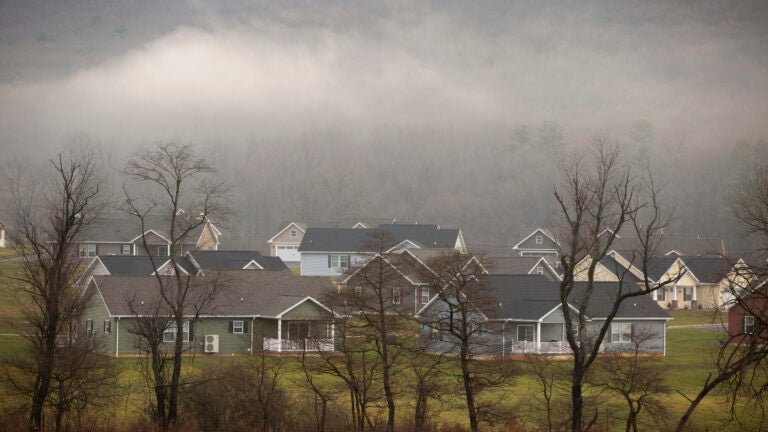Mortgage rates see fourth straight increase. What does this mean?
January 10, 2025

- Home insurance, taxes are surpassing mortgage costs
- Groundfloor’s Andy Levison Named to National Mortgage Professional Magazine’s 40 Under 40 List
- Could FHA borrowers get mortgage insurance relief?
- Wisconsin Homebuyers Face Challenges with Low Inventory and Stable Mortgage Rates in 2025 | WTAQ News Talk | 97.5 FM · 1360 AM
- Mortgage Refinance Rates Rise Compared to Last Week
Home Buying
By the numbers: Here’s how climbing rates affect your buying power.
The average long-term US mortgage rate ticked up again this week, remaining at its highest level since July.
The benchmark 30-year fixed rate loan rate rose to 6.93 percent from 6.91 percent last week, according to mortgage giant Freddie Mac. It was at 6.66 percent a year ago and 3.64 percent five years ago. It has risen for four straight weeks.
Xem thêm : Wildfire damage with a reverse mortgage? Here’s what to do
Here’s what a 30-year fixed mortgage for a $500,000 home would look with those numbers:
| INTEREST RATE | MONTHLY PAYMENT | INTEREST OVER LIFE OF LOAN |
|---|---|---|
| 3.64% | $2,284.48 | $322,412.77 |
| 6.66% | $3,213.13 | $656,728.47 |
| 6.93% | $3,303.04 | $689,094.36 |
*Mortgage total does not include a down payment, taxes, or private mortgage insurance
The lower the interest rate, the more buying power.
The uptick in the cost of home loans reflects a rise in the bond yields that lenders use as a guide to price mortgages, specifically the yield on the US 10-year Treasury. The yield on the 10-year Treasury has climbed from 3.62 percent in mid-September to 4.66% this week.
The increase is occurring with the price of homes rising steadily.
Elevated mortgage rates and rising home prices have kept homeownership out of reach of many would-be home buyers. While sales of previously occupied US homes rose in November for the second straight month, the housing market remains in a slump and on track for its worst year since 1995.
Xem thêm : Reverse mortgage performance metrics end 2024 on a mixed note
The government’s report on December home sales is due out later this month.
Interest rates have been climbing since the Federal Reserve signaled last month that it expects to raise its benchmark rate just twice this year, down from the four cuts it forecast in September.
The Fed is tapping the brakes on rate cuts because inflation remains stubbornly above the central bank’s 2 percent target, even though it’s fallen from its mid-2022 peak.
The average rate on a 15-year fixed-rate mortgage, popular with homeowners seeking to refinance, ticked up from 6.13 percent to 6.14 percent and is at its highest point since July. It was at 5.87% a year ago, Freddie Mac said, and 3.07 percent five years ago.
Address newsletter
Get the latest news on buying, selling, renting, home design, and more.
Nguồn: https://modusoperandi.my
Danh mục: News
